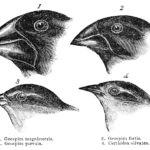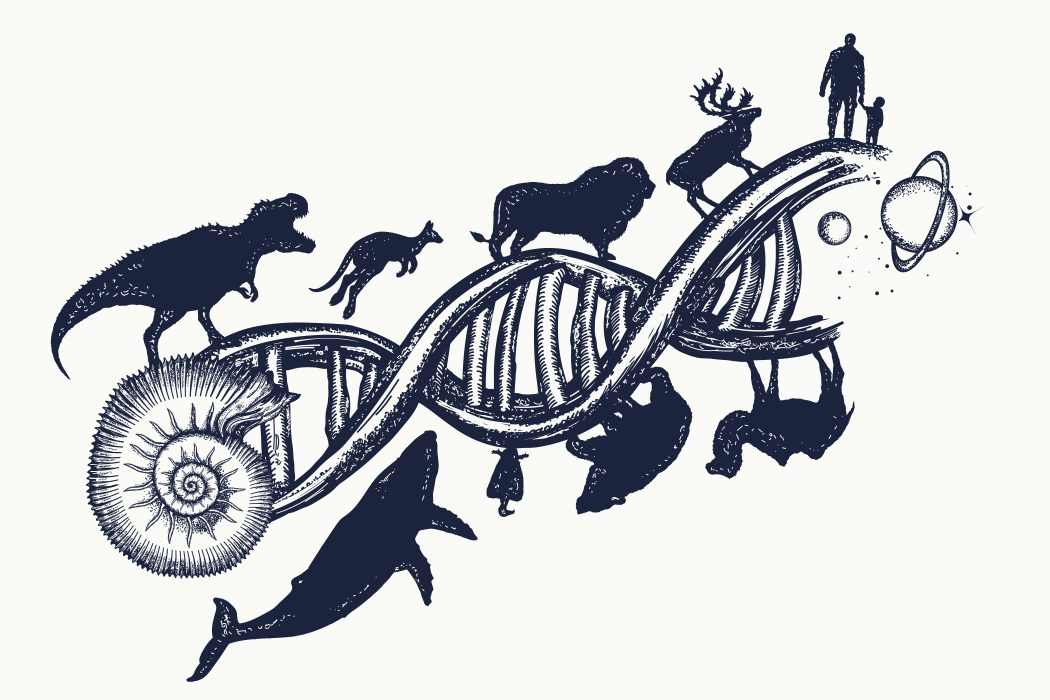Pandas are large animals with famously black-and-white fur. Such vivid coloring in the wild might seem like an invitation for predators such as leopards, or tigers to see and attack them. Surprisingly, researchers have found that the coloration which does not seem to be very effective at camouflaging them still offers them protection.
“In its natural environment, that kind of coloration doesn’t actually stand out that much,” says Ossi Nokelainen, a researcher at the University of Jyväskylä in Finland.
Animals conceal themselves by “mimicking the background” most of the time, according to Nokelainen. For example, a desert rodent matches the sand environment and an arctic fox becomes white in winter to match the snow and reverts to brown in summer.”
scientists researched photographs of pandas in China’s mountain forests. They determined that its black patches merge into the dark tree trunks and shadows very effectively.
The giant panda also benefits from “disruptive coloration.” This means that when a predator sees them, they may not see the outline of the giant panda. They may think that they are just rocks or plants. Or they might be confused and not know what they are looking at.
Most predators have eyes that have developed to track movement, but can’t see details very well. This helps the pandas avoid predators because if the panda holds still and the predator can’t see it, then it can’t attack.
Other animals besides the panda use the same black and white camouflage. One animal is the orca. It’s back is black so that you can’t see it in dark water. While its belly is white making it difficult to see against a bright sky. This helps the orca sneak up on fish or seals. The coloration of penguins works in a very similar manner.
A zebra’s stripes might help it blend into the background in dim light, so it is safer from predators. But they have another advantage – they also keep bugs away! Although scientists are not sure exactly why this happens, one idea is that the stripes make it too hard for insects to land on the zebra.
A skunk uses its black-and-white pattern to warn away predators. It is trying to say, “If you try to eat me you will not enjoy the taste!” Other animals try this too. They are saying, “Try touching me and you will not like it.” But the giant panda does not have protections like a strong smell.
The giant panda is a slow animal. The pandas can hide from people and predators using their unique camouflage. Which helps to protect them.






